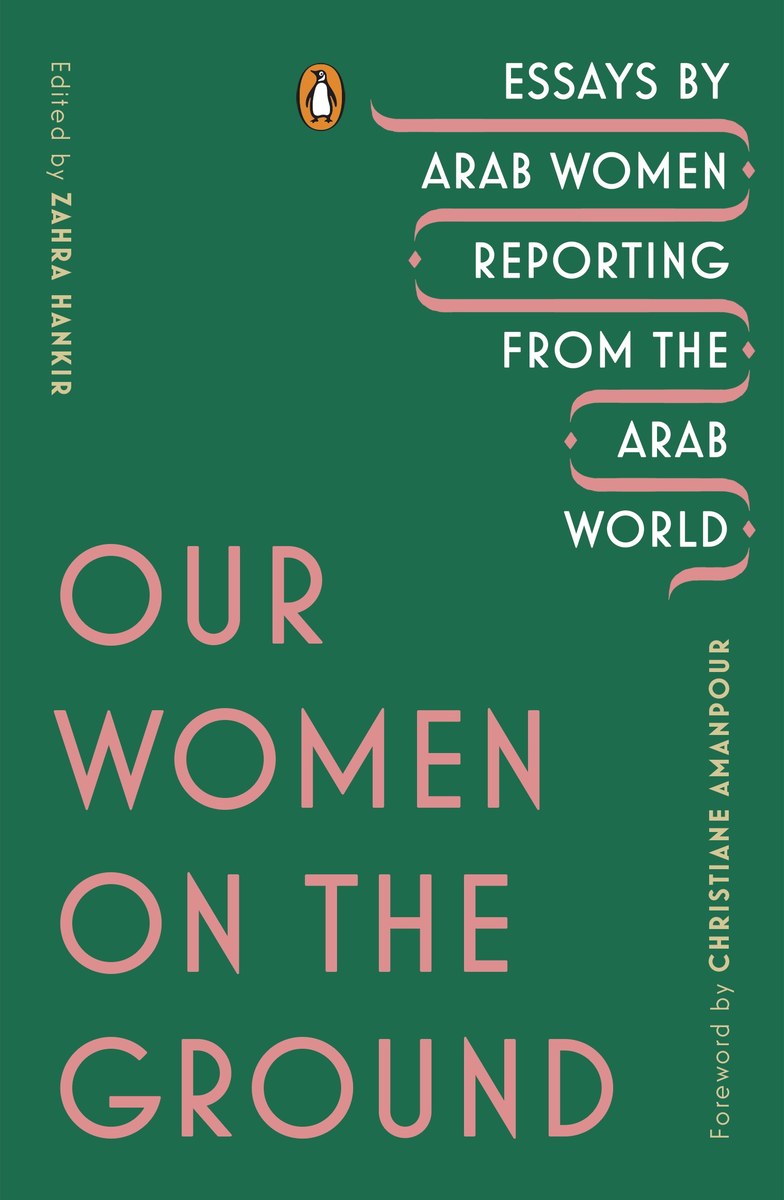LONDON: “Most of the time, Western editors looking for a photographer to work with in Egypt search for a white, male American or French photographer,” said award-winning Egyptian photojournalist Eman Helal. “Me and my colleagues in Egypt note that the Western media tends to work with same small pool of photographers all the time — even when there is a huge demand for coverage.”
Helal made her revealing — and exasperated — admission at the end of a special online briefing by three accomplished female Arab journalists that served as a reminder of the challenges they face. Helal added that she had ended up moving to Germany, away from her homeland, in order to gain the experience and opportunities denied to her in the Arab world, where local talent is often overlooked, even talent as notable as Helal, winner of the Egypt Press Photo Award in 2014 and known for her dedicated and fearless coverage of the Arab Spring protests, despite the concerns of her family and the pressure of societal expectations for women.
“This is one of the reasons I decided to move from Egypt,” she said. “I thought, ‘OK I will have to move to another place.’” She has since completed projects profiling the Muslim community in the US and is looking to do similar work from her new base in Hanover, Germany where she is learning the language and studying for a masters degree.
The online briefing and Q&A — organized by the Council for Arab-British Understanding (CAABU) — featured Helal, Lebanese-British journalist Zahra Hankir, and Palestinian-Canadian journalist Jane Arraf, who was formerly CNN's Baghdad bureau chief and senior correspondent, and now works for NPR.
Hankir is the editor of “Our Women on the Ground: Arab Women Reporting from the Arab World,” a collection of essays published by Penguin Books with a foreword by CNN chief international correspondent Christiane Amanpour, and hailed by the New York Times for rewriting “the hoary rules of the foreign correspondent playbook.” It features contributions from 19 Arab female journalists, including Helal and Arraf, who speak candidly about their experiences of operating in the field. It is perhaps a measure of the still-controversial nature of their work that the book is not available in Arabic.
“We have not found a publisher in the Arab world willing to publish (an Arabic version), which is quite disappointing,” said Hankir.

Zahra Hankir is the editor of “Our Women on the Ground: Arab Women Reporting from the Arab World.” (Supplied)
Arraf was open about the added pressures faced by local reporters in the Arab world.
“As a Palestinian-Canadian with only Canadian nationality, if I were reporting from Egypt the worst thing probably that (could) happen to me over my reporting would be that I would be deported. That’s certainly not the case for Egyptian or Iraqi journalists, or most of the journalists in the countries I work in,” she said.
Her experiences in Baghdad, she explained, were often frustrating because of a cultural perception that female journalists needed to be ‘protected’ and should not be allowed the kind of access that male journalists would be granted.
“During the civil war it would be the Iraqi journalists — mostly men — with local fixers and drivers sent out into danger, and we would literally be behind steel gates in the hotel. That is soul-destroying, because you realize there’s not much difference between myself and that driver — it would be easier to imagine myself in their place.”
Arraf said there was a clear distinction between the approaches of Western and Arab military forces towards female reporters on the frontline.
“In 2003, I was embedded with the US marines for most of the battles. The US military tend to assume that if you have signed up for this knowing that there is a significant risk that you might be hurt or killed then you are all in. But being with the Iraqi military is a totally different thing, because they will try to shield women from the front lines. Access to Arab armies and military is much more problematic.”
Hankir believes that when female journalists are not granted the access available to their male peers, then stories go untold — or, at least, only partially told.
“I feel that there is so much reason to celebrate the work of local Arab women journalists, given that they face such tremendous challenges on the ground, which might be connected to societal constraints — whether in the workplace or home; access; threats to their lives; or harassment,” she said.
“Women — particularly local women — bring a different level of insight and nuance to the stories they cover,” she continued. “A lot of this is due to knowing the language and the issues that matter deeply to the societies they are reporting on.”
Arraf stressed that female journalists need to continue to push themselves forward. “Over the years there have been more women, which is amazing,” she said. “But I have seen, in Iraq particularly — because that is the country I am most familiar with reporting from — that, as things get dangerous, the women retreat. Very often I would find myself either the only woman, or one of two or three women, in a room full of a couple of dozen journalists."
Still, there is cause for optimism, she suggested.
"I remember when a really good Arab journalist friend of mine would have to persuade Arab officials that she was actually the correspondent,” Arraf said. “They would say, ‘Send us the real correspondent.’ None of that exists now and there is a tremendous wealth of talent (in the Arab world).”

























